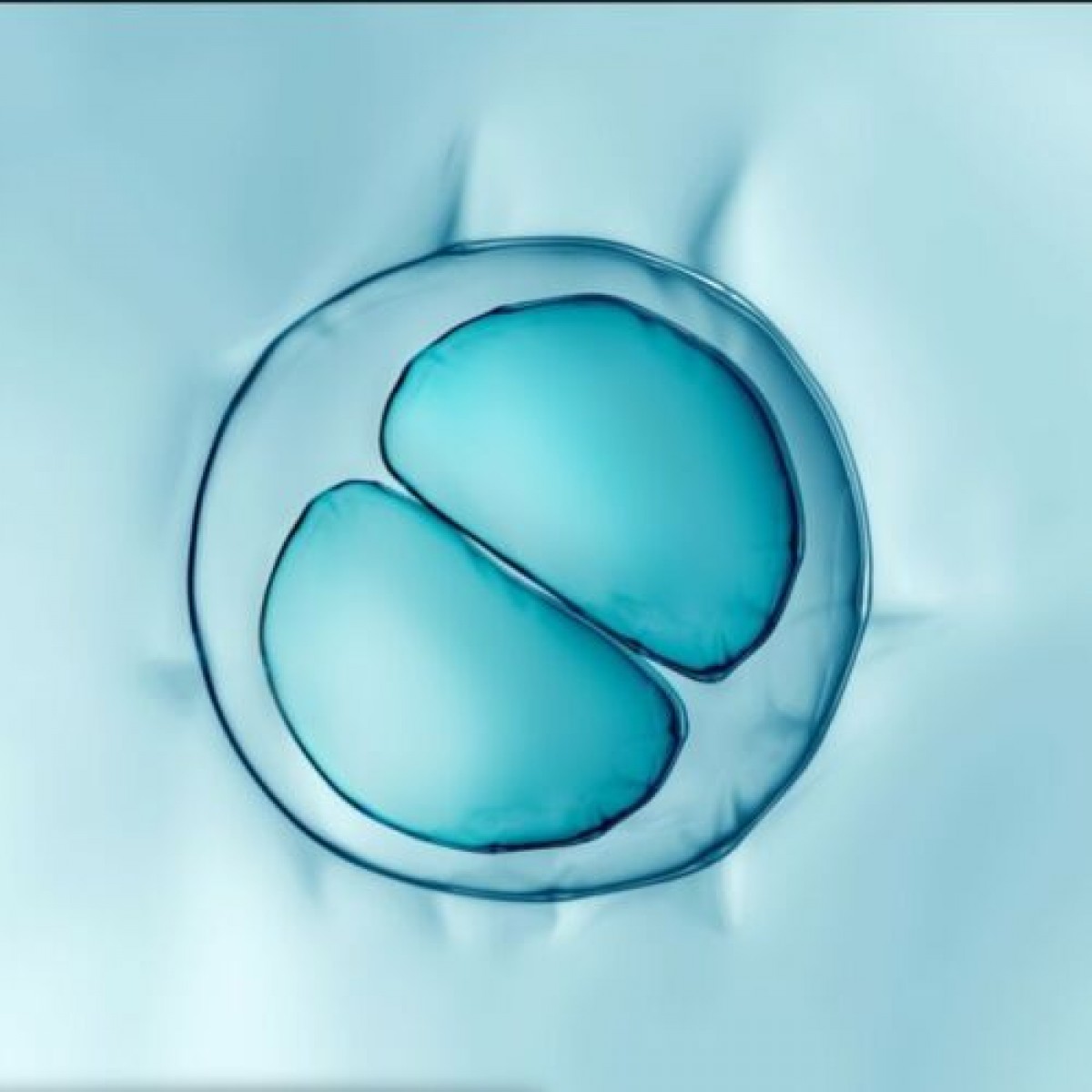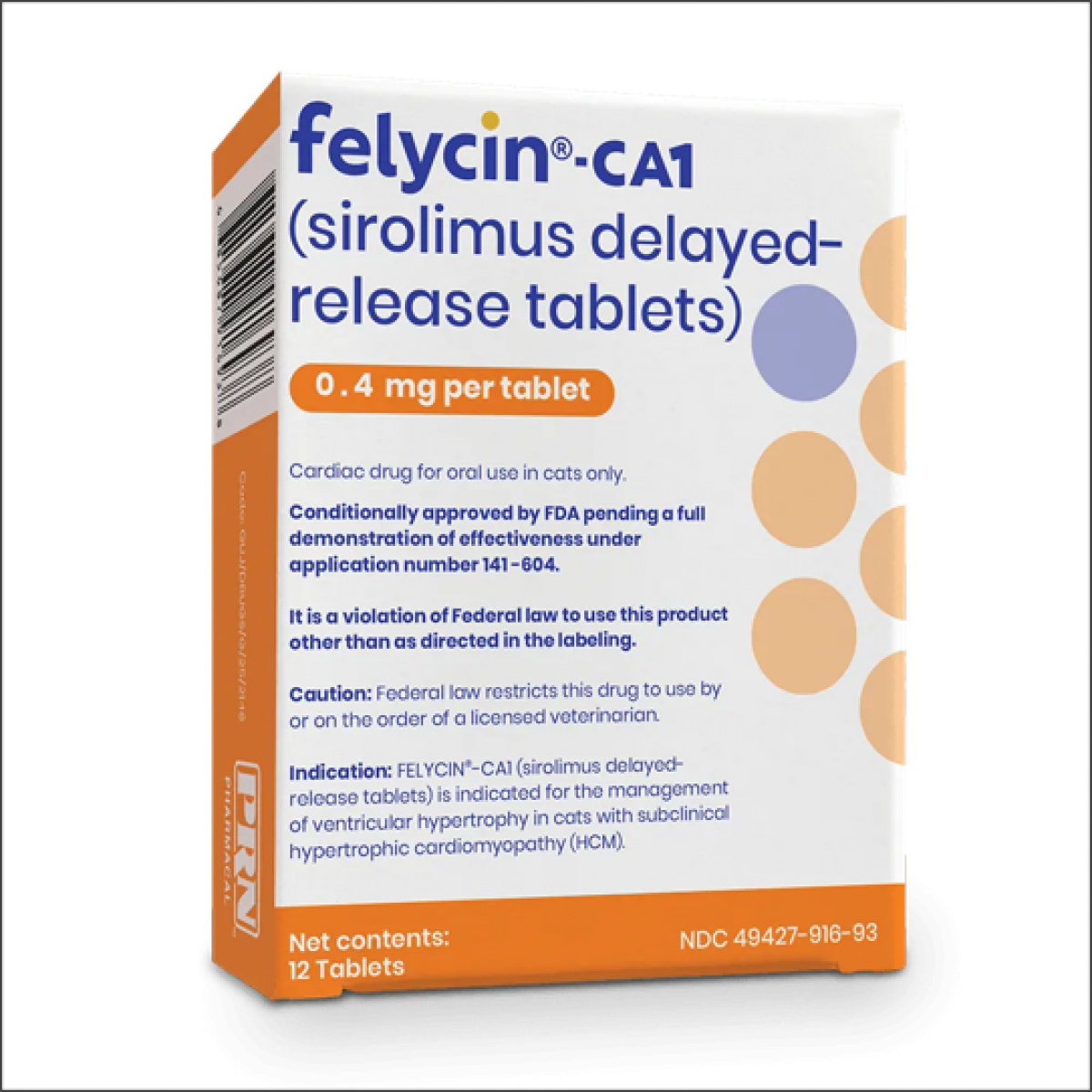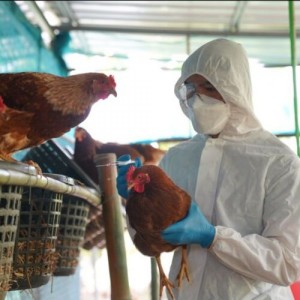Manoeuvring the innovative drug delivery systems for veterinary therapeutics: Present day demand
Animals in the present day confront a range of difficulties when it comes to receiving adequate medical care. Most of these challenges arise from the constraints of traditional methods for administering drugs and the forms in which dosages are provided. Furthermore, animals commonly face compliance problems, hindering consistent and precise medication administration.
This is worsened by the absence of suitable dosage forms and the lack of control over drug release and timing. All of these issues demand advanced drug delivery strategies that provide safe, effective, and compliant treatment with efficacy. Recently, controlled drug delivery systems (CDDS) have garnered significant attention in the field of veterinary medicine.
Precisely, CDDS employing polymers, lipids, and other biomaterials can achieve controlled release of veterinary drugs, prolonging the therapeutic effects, and thereby reducing dosing frequency.
In this regard, the present review provides a concise overview of various CDDS and polymer-engineered technologies designed for veterinary medicines. Additionally, it thoroughly examines diverse administration routes for veterinary formulations, encompassing formulation design considerations, challenges, and potential industrial opportunities.
Lastly, it delves into the significance of nanotechnology in veterinary medicines and provides a summary of regulatory perspectives in this field.
Authors: Jayesh S. Unde, Kailash Ahirwar, Akhilesh Kumar, Saad Ali Alshehri, Shadma Wahab, Prashant Kesharwani, Rahul Shukla
Source: https://www.sciencedirect.com/














List
Add
Please enter a comment